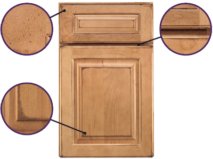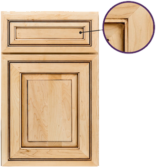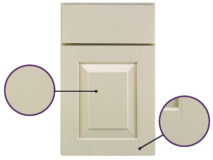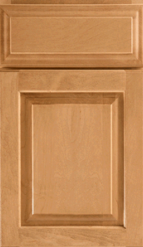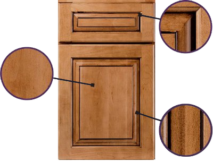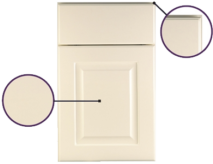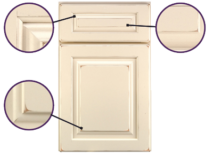Custom Finish Capabilities
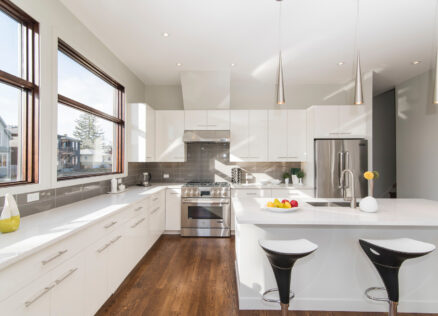
We work hard to take the stress out of finding the perfect finish. We offer a full range of finishes and wood species so you can get the look you've always wanted for your home, office or cottage. Contemporary, Rustic, Victorian, Colonial, Shaker, Euro-style, Mission. We've got it covered. - and we're constantly keeping up on the latest design trends.
Here is a great online catalog with examples of some popular finishes in the industry today:
Cabinet Door Styles
Cabinet doors should be as stylish as they are functional. Luckily, there are virtually endless options of door styles. In any space, the cabinetry is the feature that will set the mood and décor for the rest of the room. You can also visit our section on Wood Characteristics and Kitchen Planning.
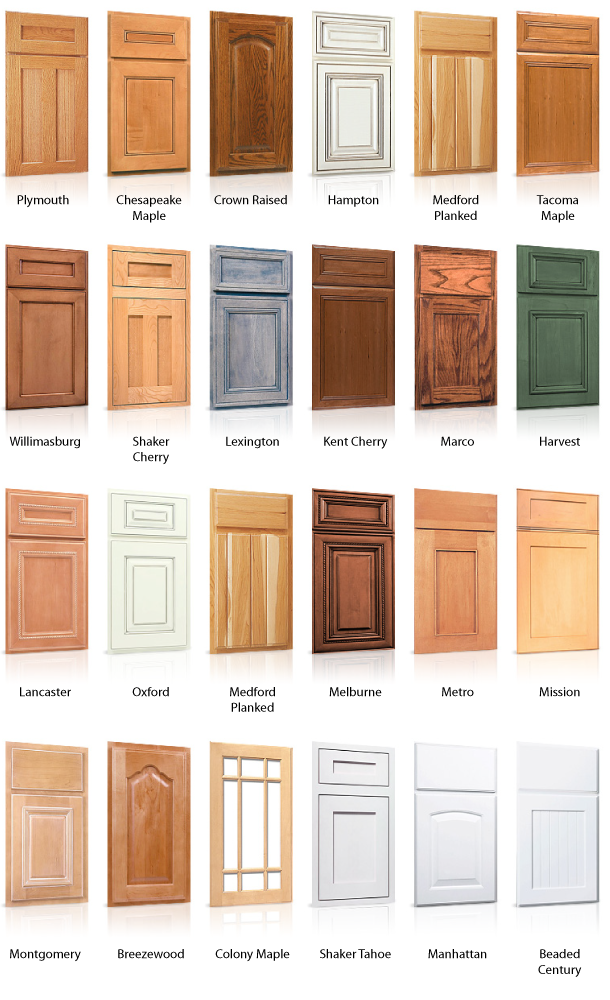
Every project we design has a layout best-suited to its need. Our architects will help you select the layout, materials and storage solutions that are right for you. We are ready to help, every step of the way.



